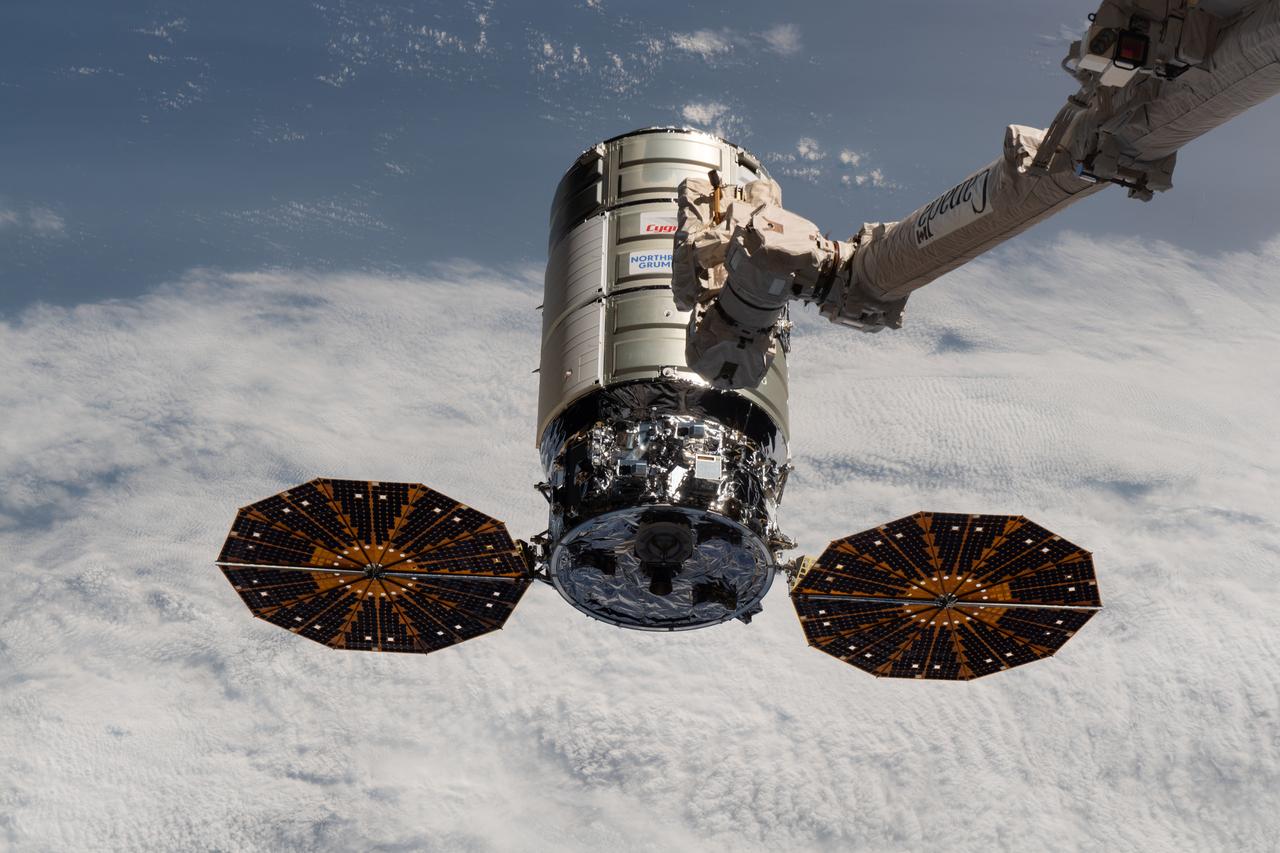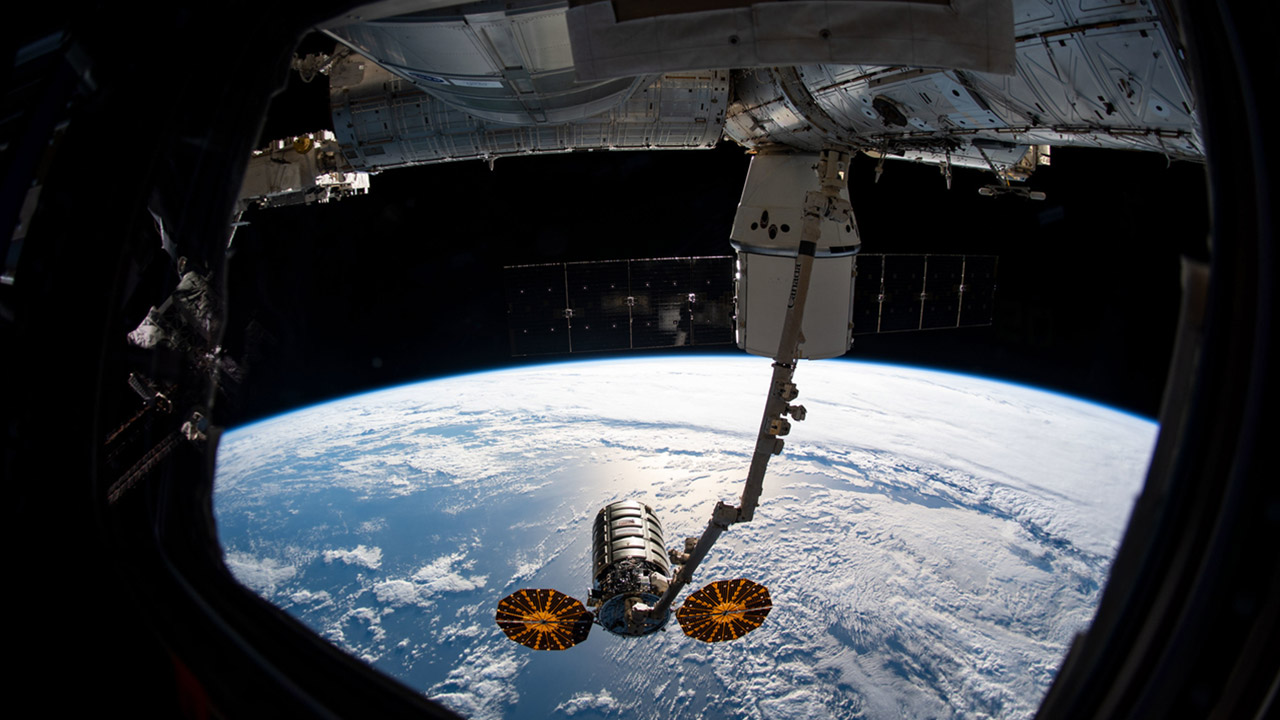In the early morning of November 7, the Antares launch vehicle jointly produced by the United States and Ukraine in the morning launched the Northrop Grumman Cygnus spacecraft into orbit with a payload for the International Space Station (ISS). The morning launch of the rocket was successful, despite the delayed start for 24 hours due to a fire alarm. But then problems began with the spacecraft.

According to NASA, the Cygnus NG-18 spacecraft has only one of two solar panels deployed, which can cause power problems on board. For its part, the manufacturer of the spacecraft Northrop Grumman believes that this malfunction will not prevent the spacecraft from safely docking to the ISS. But NASA decided to study the situation more deeply before making a final decision on the implementation of the maneuver scheduled for November 9. The docking will be performed manually by astronauts using the Canadarm2 robot arm.
It is not yet clear why the second solar battery did not deploy. Engineers on the ground are trying to determine if it is safe to deploy before docking. But if this fails, Northrop Grumman believes that docking the spacecraft with the ISS will still be possible. However, NASA is concerned that the condition of the spacecraft could create additional problems for Cygnus or even the space station itself.

Good luck and bad luck of Cygnus
Cygnus is named after American space flight pioneer Sally Ride. The spacecraft is capable of delivering 3,749 kg of cargo for the crew of the space station. The NG-18 mission includes 1,637 kg of crew supplies, 850 kg of scientific equipment, 66 kg of spacewalk equipment, 1,077 kg of spacecraft hardware and other cargo. Northrop Grumman reported that this flight is the hThe Cygnus spacecraft from the ISS porthole. Above is the SpaceX Dragon spacecraft. Photo: NASAeaviest cargo delivery and includes an additional 20 kg of cargo due to payload optimization.
LIFTOFF! ???? The @NorthropGrumman Antares vehicle launched at 5:32 a.m. ET, carrying the Cygnus spacecraft loaded with science and supplies to the @Space_Station. In just a few hours, we will get confirmation that the solar arrays have deployed on the spacecraft. pic.twitter.com/ib3JT6cQ0r
— NASA Wallops (@NASA_Wallops) November 7, 2022
Cygnus has carried out 17 successful missions to the ISS, starting with the first in 2013. Only once did it fail to reach the orbital outpost, but this was due to a catastrophic malfunction of the rocket shortly after launch in 2013.
Earlier we reported on how the Cygnus delivery spacecraft successfully corrected the ISS orbit.
Follow us on Twitter to get the most interesting space news in time
https://twitter.com/ust_magazine

